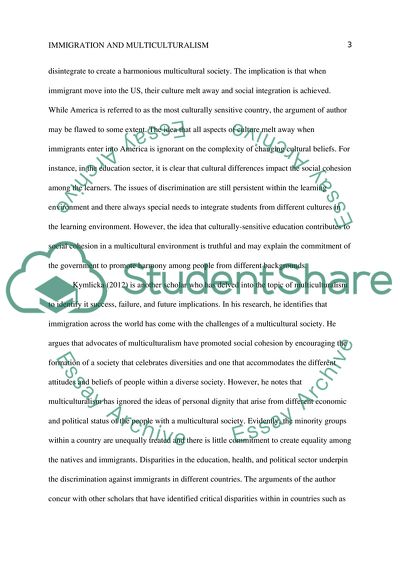Cite this document
(“Multiculturalism and immigration Research Paper”, n.d.)
Retrieved from https://studentshare.org/literature/1681778-multiculturalism-and-immigration
Retrieved from https://studentshare.org/literature/1681778-multiculturalism-and-immigration
(Multiculturalism and Immigration Research Paper)
https://studentshare.org/literature/1681778-multiculturalism-and-immigration.
https://studentshare.org/literature/1681778-multiculturalism-and-immigration.
“Multiculturalism and Immigration Research Paper”, n.d. https://studentshare.org/literature/1681778-multiculturalism-and-immigration.


